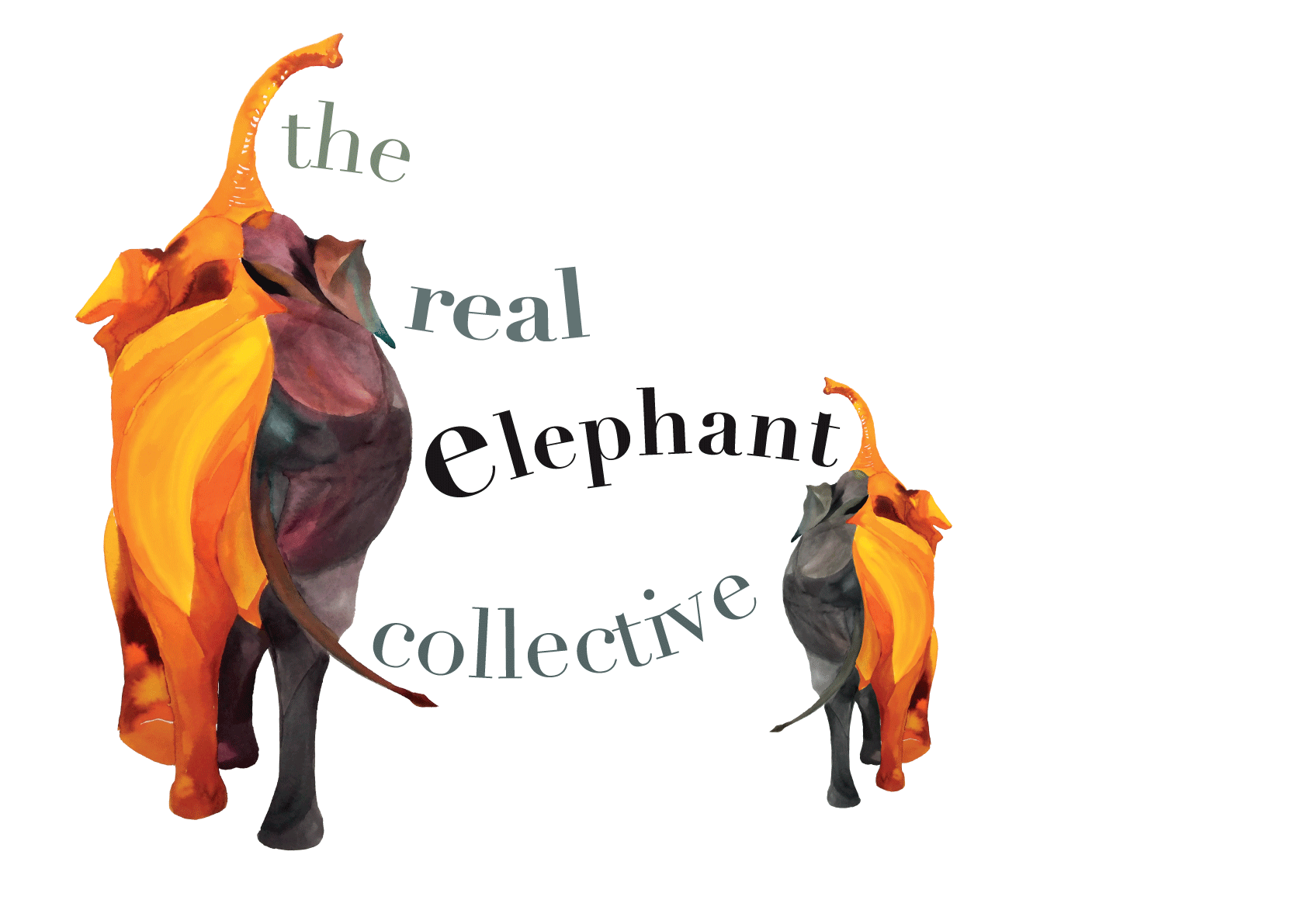
Our Story
WildCarbon was born in the Nilgiri Biosphere Reserve, one of South India’s most biodiverse yet threatened landscapes. For decades, invasive species such as Lantana camara and Senna spectabilis have overrun protected forests, choking out native flora, blocking elephant corridors, and pushing wildlife into farms and villages. This has intensified human–wildlife conflict and undermined the livelihoods of indigenous communities who depend on healthy forests for survival.
Building on the pioneering ecological research of the Shola Trust and the fieldwork of The Real Elephant Collective, whose Lantana Elephants initiative brought the intertwined challenges of invasive species and elephant conservation to a global audience, WildCarbon emerged with a clear realization: invasive removal at scale would only succeed if the biomass could be harnessed productively. That breakthrough was biochar—converting invasive plants into a stable carbon sink, fertile soils, and high-quality carbon credits to finance restoration at scale.
Equally vital is how this work is done. Removal requires a deep understanding of ecological sensitivity and respect for traditional ecological knowledge. Indigenous communities—the traditional guardians of the forest—bring generations of wisdom, adapting invasive removal to their patterns of work, local rhythms, and cultural connections to the land.
At the heart of WildCarbon’s mission are, therefore, both people and place. By combining biochar innovation with community-led stewardship, every tonne of biomass transformed becomes a pathway to indigenous livelihoods, biodiversity recovery, and locked-away carbon. From invasive to invaluable, WildCarbon unites science, tradition, and climate action to regenerate the Nilgiris.
Our Roots
Shola Trust (2005 →)

Founded to conserve biodiversity in the Nilgiris through research and advocacy. Its pioneering ecological studies revealed how invasive species such as Lantana camara spread, displace native forests, and impact both wildlife and communities.


.jpg)
WildCarbon (2019 →)
First conceived in 2019, WildCarbon represented the next stage: scaling invasive removal into a comprehensive solution for climate, biodiversity, and livelihoods.
Yet patience was essential. The intervening years were spent ensuring the foundations were in place — rigorous R&D on ecological removal methods, MoUs with forest departments and protected areas, identification of sophisticated pyrolysis technology capable of processing Lantana, and the emergence of credible carbon standards that recognise invasive biomass as a pathway to permanent removal.



The Real Elephant Collective (2013 →)
Building on this science, TREC developed ecologically sensitive methods for Lantana removal at scale, refined through over a decade of on-the-ground research and development.
TREC currently employs over 300 indigenous tribal community members, integrating traditional knowledge with restoration practices.
.jpeg)
Its celebrated Lantana Elephants, life-sized sculptures made of lantana, from the Great Elephant Migration — brought global attention to the twin challenges of invasive plants and elephant conservation while showcasing community-led solutions.

.jpeg)

_JPG.jpg)
With these critical pieces aligned, WildCarbon is now positioned to unlock large-scale restoration across the Nilgiri Biosphere Reserve and beyond, transforming invasive plants into biochar, generating carbon credits, fostering fertile soils, promoting biodiversity recovery, and supporting sustainable indigenous livelihoods.
.jpeg)
.png)
